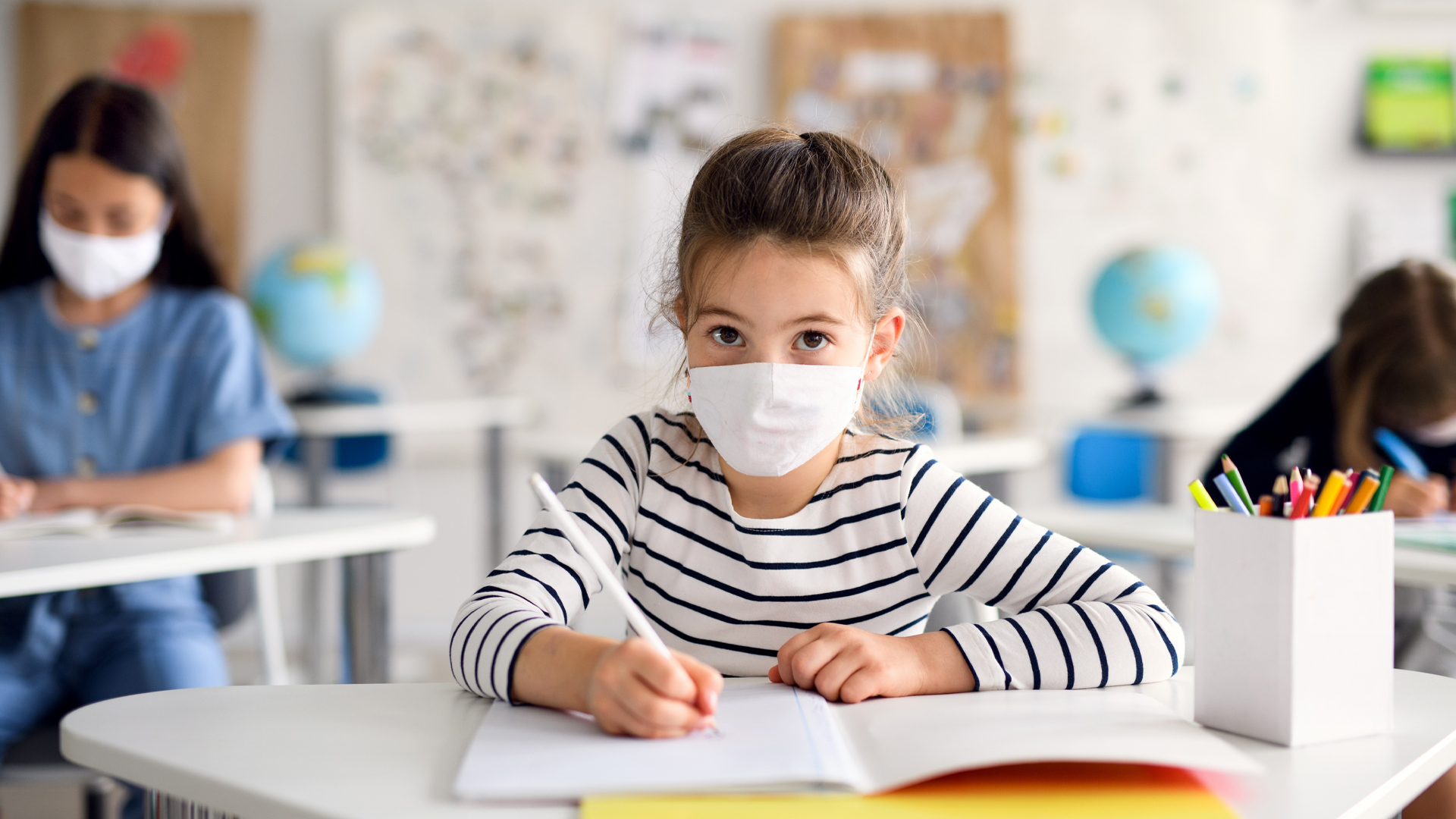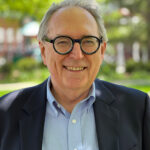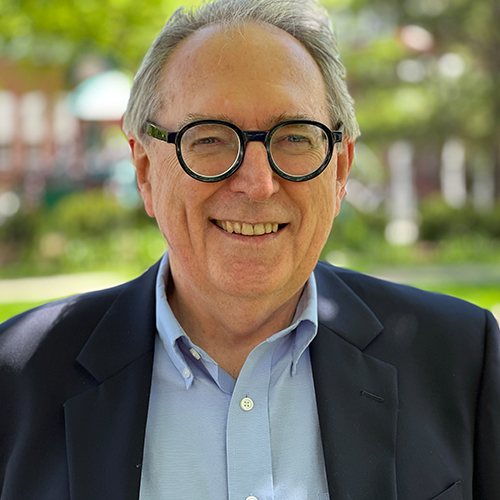
The latest COVID-19 variant began “spreading like wildfire” in and around schools this past spring by all accounts. With daily case counts reaching 100,000 in Ontario in early April, teachers and parents, with the support of Toronto infectious disease specialist Dr. Isaac Bogoch, were demanding that mask mandates be reinstated. When the Ontario mask mandate was extended on April 22, it applied to high-risk health care settings but not schools. In the Maritimes, Nova Scotia and Prince Edward Island reinstated masking in schools, but New Brunswick resisted, sparking widespread dissent, open divisions in cabinet and then a provincial Child and Youth Advocate report critical of the decision.
“COVID-19 is not over” is the rallying cry as teachers and education workers report record student and staff absenteeism – and are now openly challenging public health authorities to respond to mushrooming case counts. Masking in schools has become a kind of proxy for public trust in medical science and our public health officials. That’s the underlying but fundamental public policy issue after two years enveloped in the never-ending pandemic.
Have provinces put schools first during COIVD?
Are students and educators learning during the pandemic?
Will the pandemic help shift the education system back to teaching?
Manitoba physician Dr. Jillian Horton aptly pointed out that the counsel of chief medical officers of health (CMOHs), once considered unbiased, is now being challenged as simply parroting the latest gyrations of politicians. It hasn’t helped that the CMOHs, in Ontario and elsewhere, went relatively quiet for weeks on end until mid-to-late April 2022.
One of the clearest statements came from the Ontario English Catholic Teachers’ Association. The province’s third largest teachers’ union appealed to the province on April 8, 2022, to undo the decision to end masking in all schools on March 21 because teacher and student absences due to COVID-19 are causing “whiplash disruptions to the learning environment.”
Surging case counts and high absenteeism are causing havoc in many school districts, including the London-based Thames Valley District School Board and in Scarborough, where one Catholic elementary school of 540 students averaged over 100 student absences a day (but under the 30 per cent threshold) in the first week of April. Similar high absentee rates were registered when the mask mandate was lifted in New Brunswick schools.
Lifting mandates with students and staff returning from March break precipitated a raging controversy, especially in New Brunswick. With the post-March break COVID-19 surge breaking out, the latest Omicron BA.2 variant running rampant and restrictions lifting, New Brunswick Education Minister Dominic Cardy balked at reinstituting masks in schools. His repeated response: leave it up to the experts.
Concerned parents and worried teachers, seeing first-hand evidence of mounting case counts, organized a Change.org petition in early March and began speaking-out, demanding the return of masks and fuller disclosure of actual case counts and rates of absenteeism. The “protect our province” petition for masks in schools appeared in early March and immediately attracted about 700 signatures. Post-March break fears drove the number of signatories up to 1,300 by March 17 and to 1,594 by late April.
In the first week of April, a group of 19 pediatricians answered the minister’s call for expert opinion. “We do not believe we are out of the woods yet with the COVID-19 pandemic,” they wrote in an open letter to Minister Cardy, Premier Blaine Higgs, Chief Public Health Officer Jennifer Russell and Health Minister Dorothy Shephard.
New Brunswick’s pediatricians confirmed that COVID-19 is an airborne virus, masking and vaccinations are the best protections against infection and it is time to bring back masking for the rest of the school year. That was to no avail because Minister Cardy kept insisting it was up to public health and Russell held firm on resisting a mask mandate in schools.
While New Brunswick politicians passed the “hot potato” back and forth, COVID-19 case counts were ripping through the Atlantic region. At the time, Atlantic Canada had the highest rates of COVID-19 infection in Canada.
On April 2, the Public Health Agency of Canada reported that Prince Edward Island ranked first among the provinces and territories with 350.6 daily cases per week in the final week of March, registering 2,216.6 average daily cases per million. New Brunswick ranked fifth with 567.0 average daily cases per million, a higher rate of infection than in Quebec and Ontario.
The educational experience has been substandard for students during COVID-19
Canada needs a more collaborative approach to reopening schools
When the case counts were released, New Brunswick was also an outlier. Students in Nova Scotia were still required to wear masks and New Brunswick was more restrictive in providing access to testing. In New Brunswick, PCR testing was available only to those over age 50, those under age two or those deemed to be vulnerable or at higher risk.
Entering our third year of the pandemic, provincial public health officers are committed to keeping schools open for the mental health and well-being of children. Beyond that, however, they are inconsistent, especially on disclosure of case counts, access to testing and precautionary measures.
Requiring masks to be worn indoors in schools is a perfect example. On the day that Prince Edward Island’s medical officer Heather Morrison announced masking in P.E.I. schools would continue, her New Brunswick counterpart Dr. Russell held a media briefing to announce the opposite. While strongly encouraging students and staff to mask-up on their own, Russell claimed that “vaccination is actually more important” at this point in the pandemic.
Navigating our way out of the pandemic is proving to be an uncertain journey full of contradictions. Following the wisdom of the experts in government appears to mean different things from one province to another. It’s made more perplexing when leading pediatricians, most notably Dr. Andrew Lynk and his team at Halifax’s IWK Health Centre, change their positions in response to surges in infections affecting children. That sounds like following the science.
Exiting the pandemic has added another layer of complexity. What is a medical necessity for some is framed as a restriction on freedom for others. Lifting public health restrictions after COVID-19 controls is now closely identified with opening up the economy and allowing citizens more freedoms. One of the first to confront the changing dynamic, University of British Columbia public health professor, Dr. Hoption Cann, put it best back in February 2022: ending COVID-19 restrictions is ultimately a political decision.
If determining whether mask mandates are necessary is truly based upon medical science evidence-based criteria, one might expect more consistency right now. When public health experts disagree, someone has to make a decision. If it drags on, as in the case of New Brunswick, even the Child and Youth Advocate gets involved, which further complicates matters. In such cases, intervening to settle the matter ultimately falls to the politicians, and that, in turn, adds credence to the claim that we are witnessing the politicizing of public health decisions.











